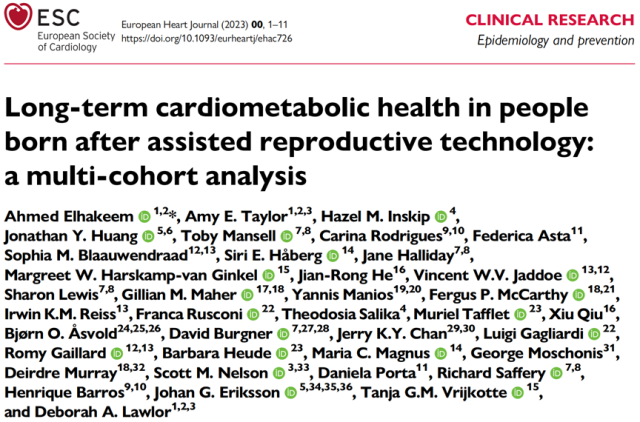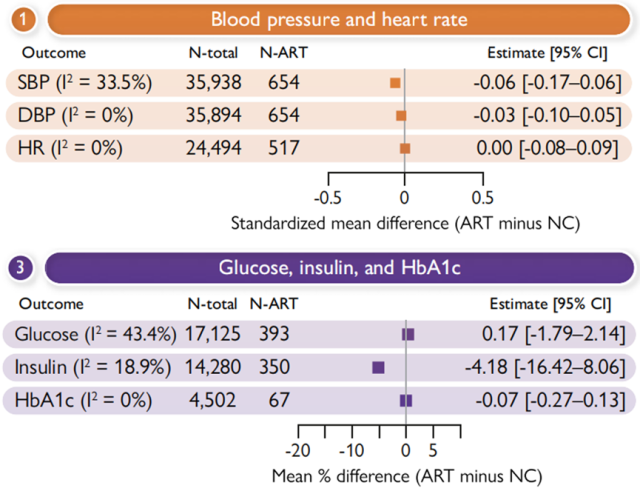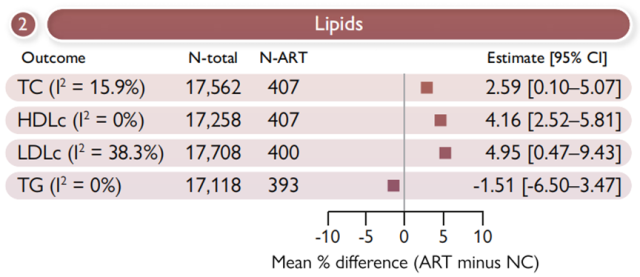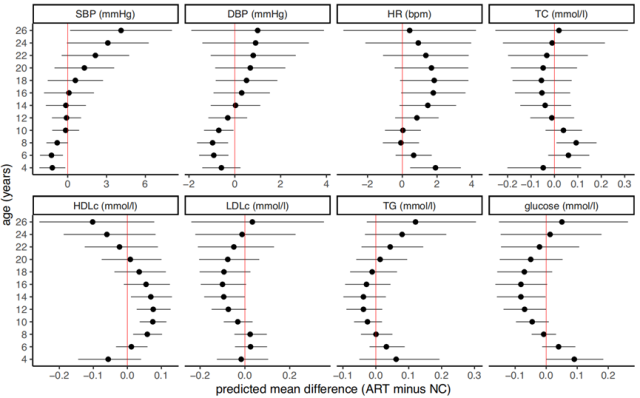Any significant difference on babies if conceived via assisted reproductive technology?
- Normal Liver Cells Found to Promote Cancer Metastasis to the Liver
- Nearly 80% Complete Remission: Breakthrough in ADC Anti-Tumor Treatment
- Vaccination Against Common Diseases May Prevent Dementia!
- New Alzheimer’s Disease (AD) Diagnosis and Staging Criteria
- Breakthrough in Alzheimer’s Disease: New Nasal Spray Halts Cognitive Decline by Targeting Toxic Protein
- Can the Tap Water at the Paris Olympics be Drunk Directly?
Any significant difference on babies if conceived via assisted reproductive technology?
- Should China be held legally responsible for the US’s $18 trillion COVID losses?
- CT Radiation Exposure Linked to Blood Cancer in Children and Adolescents
- FDA has mandated a top-level black box warning for all marketed CAR-T therapies
- Can people with high blood pressure eat peanuts?
- What is the difference between dopamine and dobutamine?
- How long can the patient live after heart stent surgery?
Any significant difference on babies if conceived via assisted reproductive technology?
EHJ: You can rest assured! Largest cohort study to date shows no significant difference in cardiometabolic health between offspring conceived via assisted reproductive technology versus naturally conceived
Without the haze of the epidemic, once the New Year is over this year and normal work resumes, we don’t know why, news related to marriage and childbirth keeps popping up like mushrooms after rain. Divorce rate, child-free rate, sky-high bride price, etc., one topic after another.
We think that if some people really don’t want to have a baby, they should let each other go and respect each other; if some people want to have a baby, they should satisfy the needs of these people.
The good news is that at the beginning of February, our national medical insurance bureau officially stated that assisted reproductive technology (ART) will be gradually included in the scope of medical insurance payment . In this way, more choices and guarantees will be provided for many people who want a baby.
However, controversy over the safety of ART continues. Does ART have any impact on the health of the childbearing person? Are babies conceived through ART as healthy as babies conceived naturally?
A recent article published in the European Heart Journal puts most of our worries to rest.
Ahmed Elhakeem of the University of Bristol in the UK and his colleagues conducted a meta-analysis on the data of 35,938 offspring who were naturally conceived or assisted reproductive technology (ART) and found that the blood pressure, heart rate , , hyperglycemia, insulin resistance, high cholesterol and other cardiovascular metabolic health differences were small or not statistically significant [1].
To date, this is the largest cohort study focusing on the cardiometabolic health of ART-conceived offspring .

Screenshot of paper homepage
In 1978, the first baby was born using in vitro fertilization (IVF); in 1992, the first baby was born using intracytoplasmic sperm injection (ICSI).
Subsequently, the rapidly evolving field of ART has brought new hope for overcoming obstacles to human reproduction.
In recent decades, the number of people conceived with ART (mainly IVF and ICSI) has increased rapidly.
As of 2020, more than 8 million newborns have been born with ART, and the number is expected to continue to rise [2].
However, the evidence for the long-term effects of ART on the cardiometabolic health of reproductive offspring is currently limited.
In this study, a total of 35,938 participants from the United Kingdom, France, Italy, Australia, Singapore and other countries were included, of which 654 were offspring conceived through ART, and the others were offspring conceived naturally.
They were born between 1984 and 2018, mostly after 2002. The age ranges from 13 months to 27 years old, most of them are children under 10 years old .
After multi-factor adjustment, the analysis results showed that there were no significant differences in systolic blood pressure, diastolic blood pressure, and heart rate among offspring who were conceived through ART or naturally, and there were no significant differences in the levels of important indicators that reflect the state of glucose metabolism, such as blood sugar, insulin, and glycosylated hemoglobin. .

Differences in indicators such as blood pressure, heart rate, and blood sugar
However, there were some slight differences in the blood lipid levels of these two groups of people.
The offspring conceived by ART had no significant difference in triglyceride (TG) levels compared with naturally conceived offspring; while the levels of total cholesterol (TC), high-density lipoprotein (HDLc), and low-density lipoprotein (LDLc) were significantly higher than The offspring conceived naturally have an average difference of only 2.59%, 4.16%, and 4.95%, respectively .

Differences in blood lipid indicators
Not only that, the researchers also conducted further investigations on 17,244 of them (244 were offspring conceived through ART).
The results showed that, at different ages, there were also some differences in the cardiometabolic health of offspring conceived by ART and naturally conceived, but most of them were not significant .
For example, in childhood, offspring conceived with ART had lower blood pressure compared with natural conception; during adolescence, blood pressure was similar; in early adulthood, offspring conceived with ART had higher systolic blood pressure, but the difference in diastolic blood pressure was not statistically significant significance.

Cardiometabolic health differences at different ages in offspring conceived via ART or naturally conceived
Overall, the results of the largest related study to date show that offspring conceived through assisted reproductive technology are not significantly different from offspring conceived naturally in terms of blood pressure, blood lipids, glucose metabolism indicators, and lipid levels Or the difference is very small .
Ahmed Elhakeem and other researchers said that the results of this study can serve as a reassurance that parents who have or are about to choose assisted reproductive technology to conceive or their offspring can rest assured.
Of course, with the passage of time and the increasing number of people who choose assisted reproductive technology, future follow-up investigations on the health status of offspring at other ages in adulthood will still be needed.
references:
[1] https://academic.oup.com/eurheartj/advance-article/doi/10.1093/eurheartj/ehac726/7026325
[2]Graham, ME, Jelin, A., Hoon, AH, Jr, Wilms Floet, AM, Levey, E., & Graham, EM (2023). Assisted reproductive technology: Short- and long-term outcomes. Developmental medicine and child neurology, 65(1), 38–49. https://doi.org/10.1111/dmcn.15332
Any significant difference on babies if conceived via assisted reproductive technology?
(source:internet, reference only)
Disclaimer of medicaltrend.org
Important Note: The information provided is for informational purposes only and should not be considered as medical advice.



